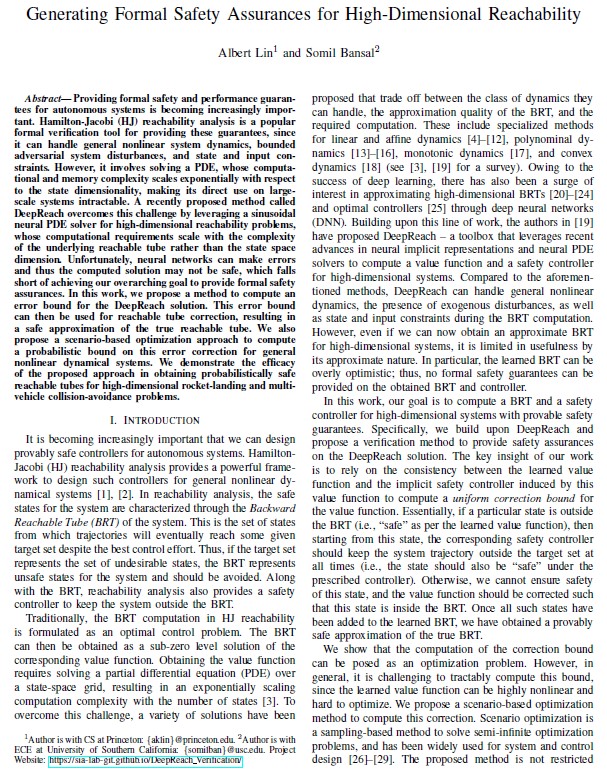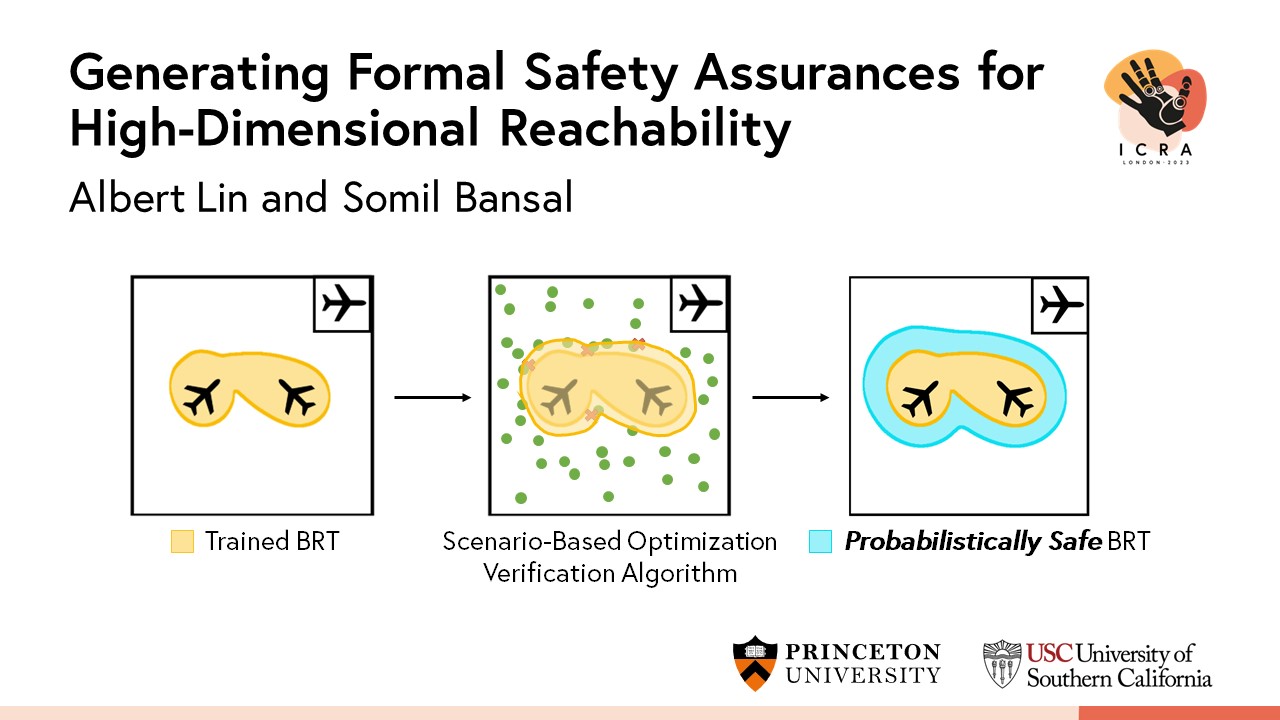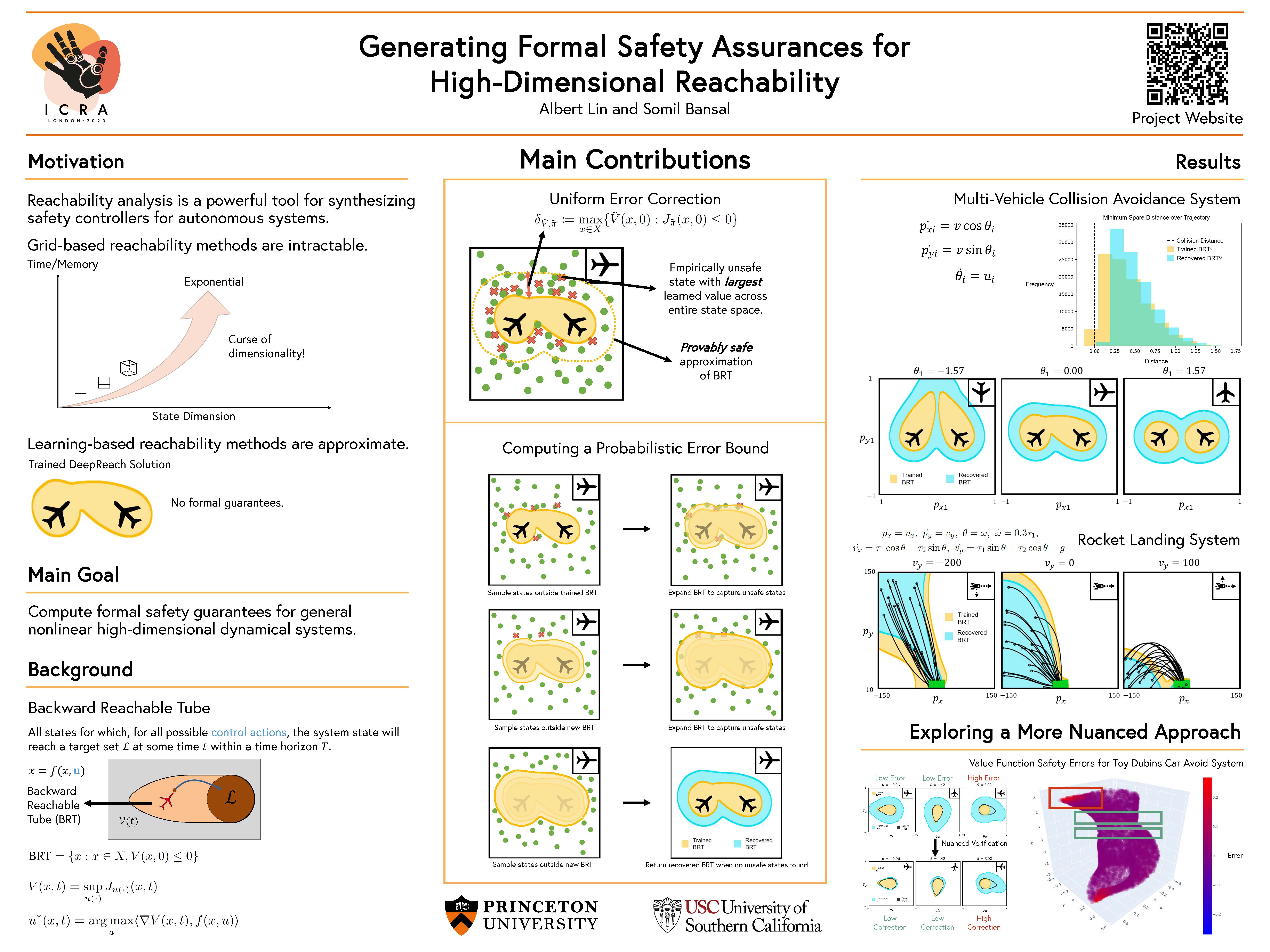Paper

Generating Formal Safety Assurances for
High-Dimensional Reachability
|
|
|
|
|


 |
Lin, Bansal Generating Formal Safety Assurances for High-Dimensional Reachability |
AcknowledgementsThis webpage template was borrowed from some colorful folks. |